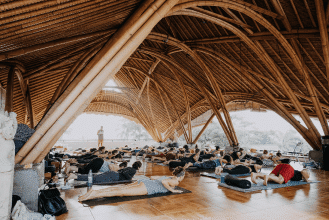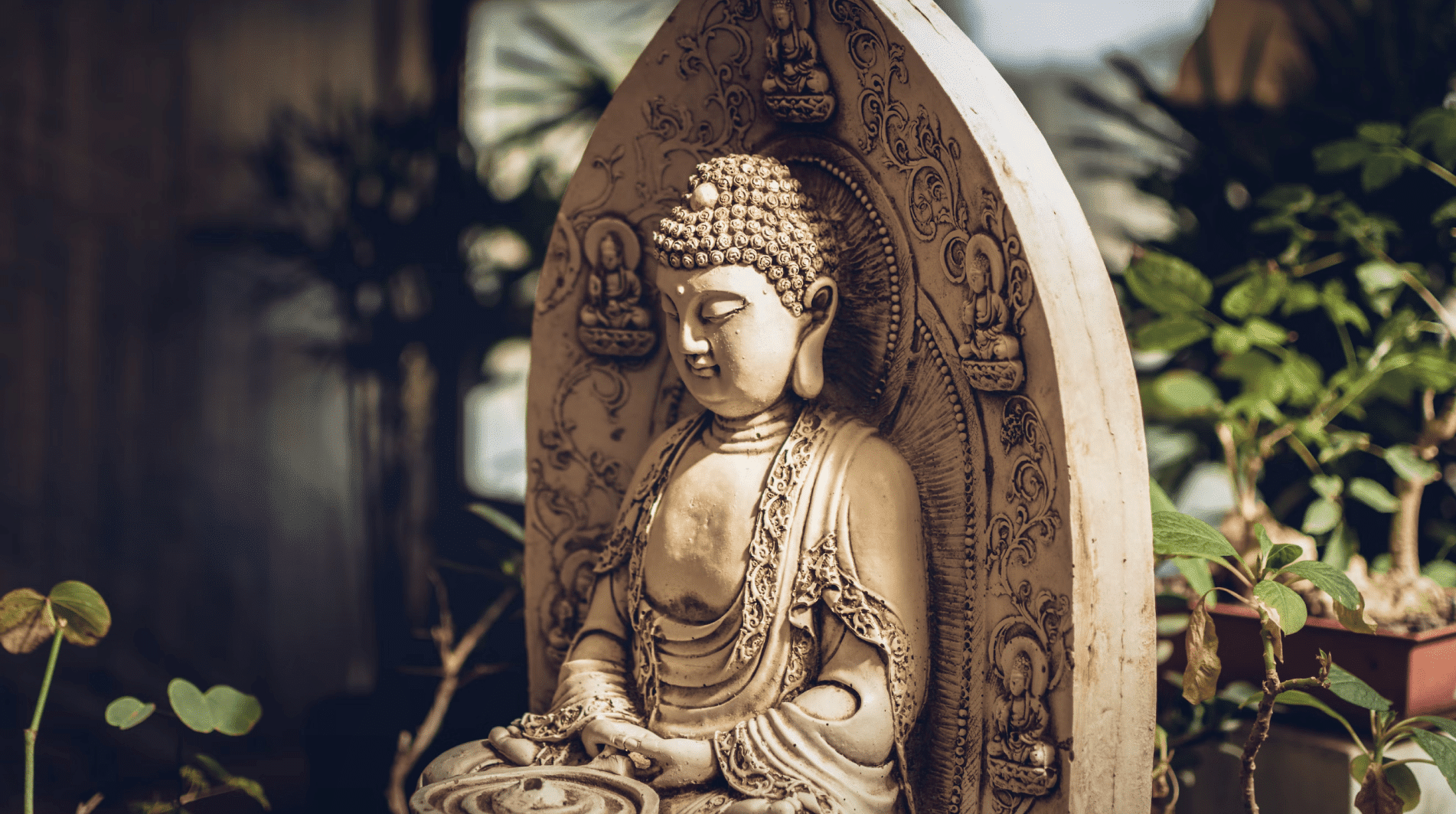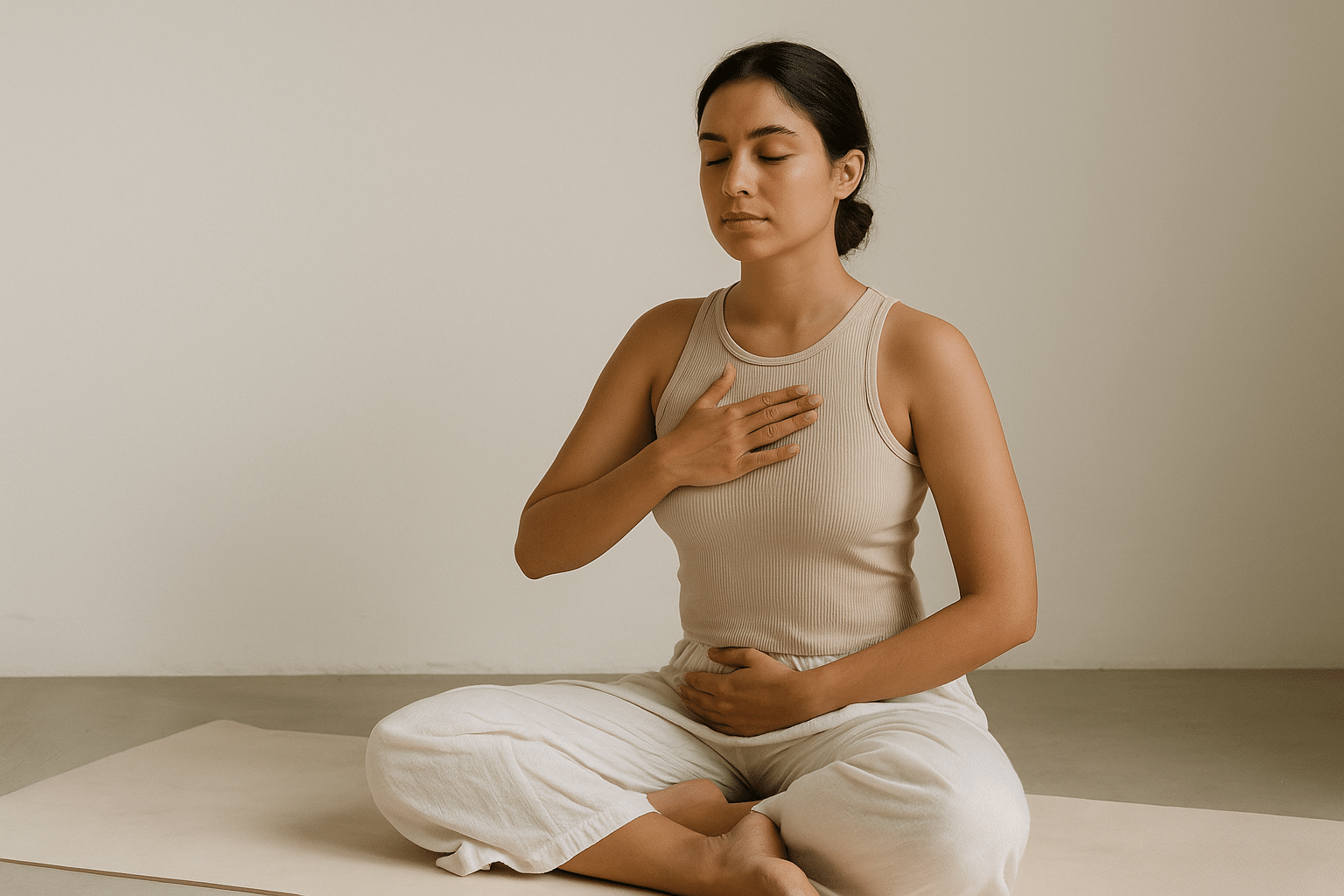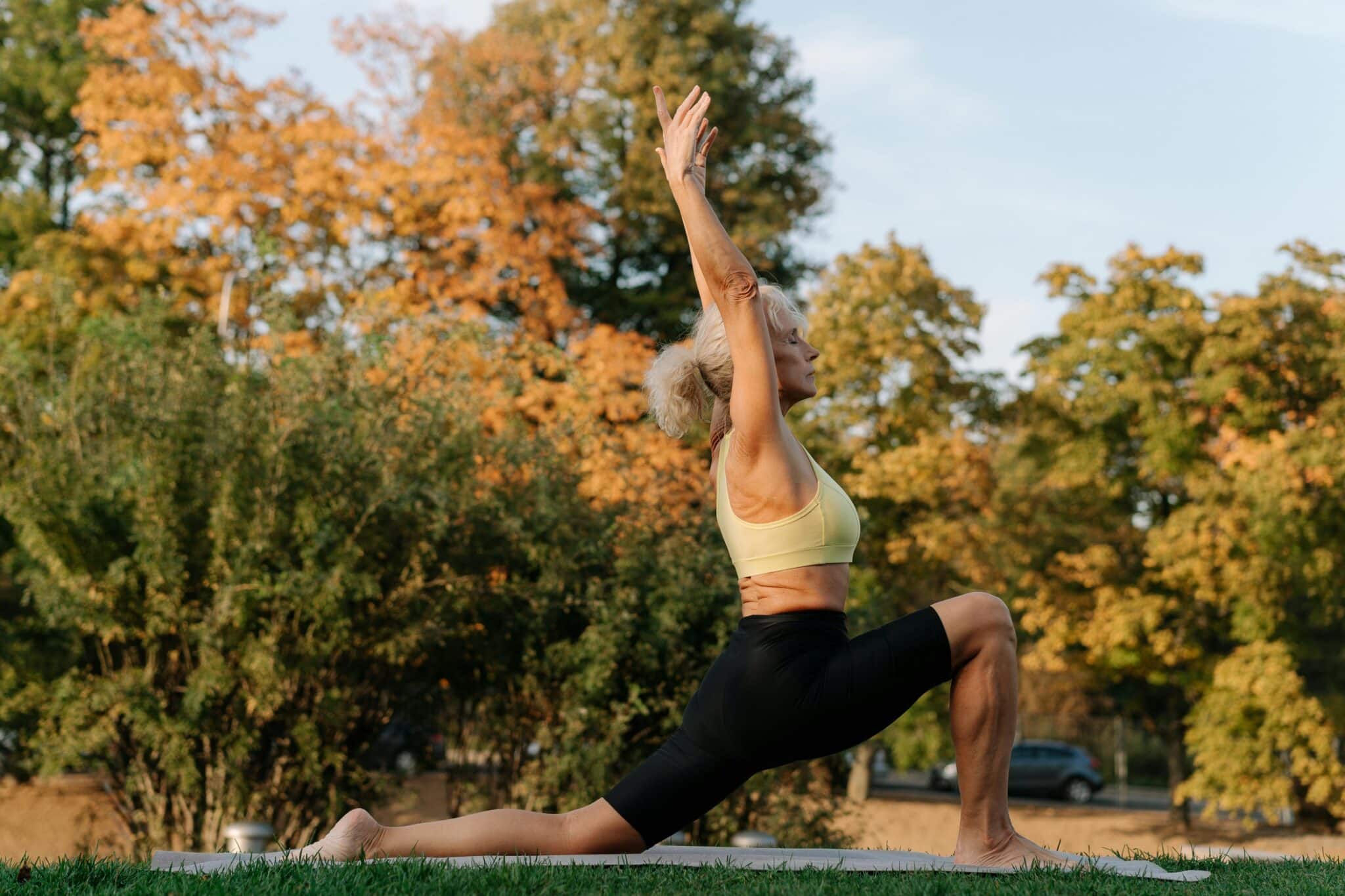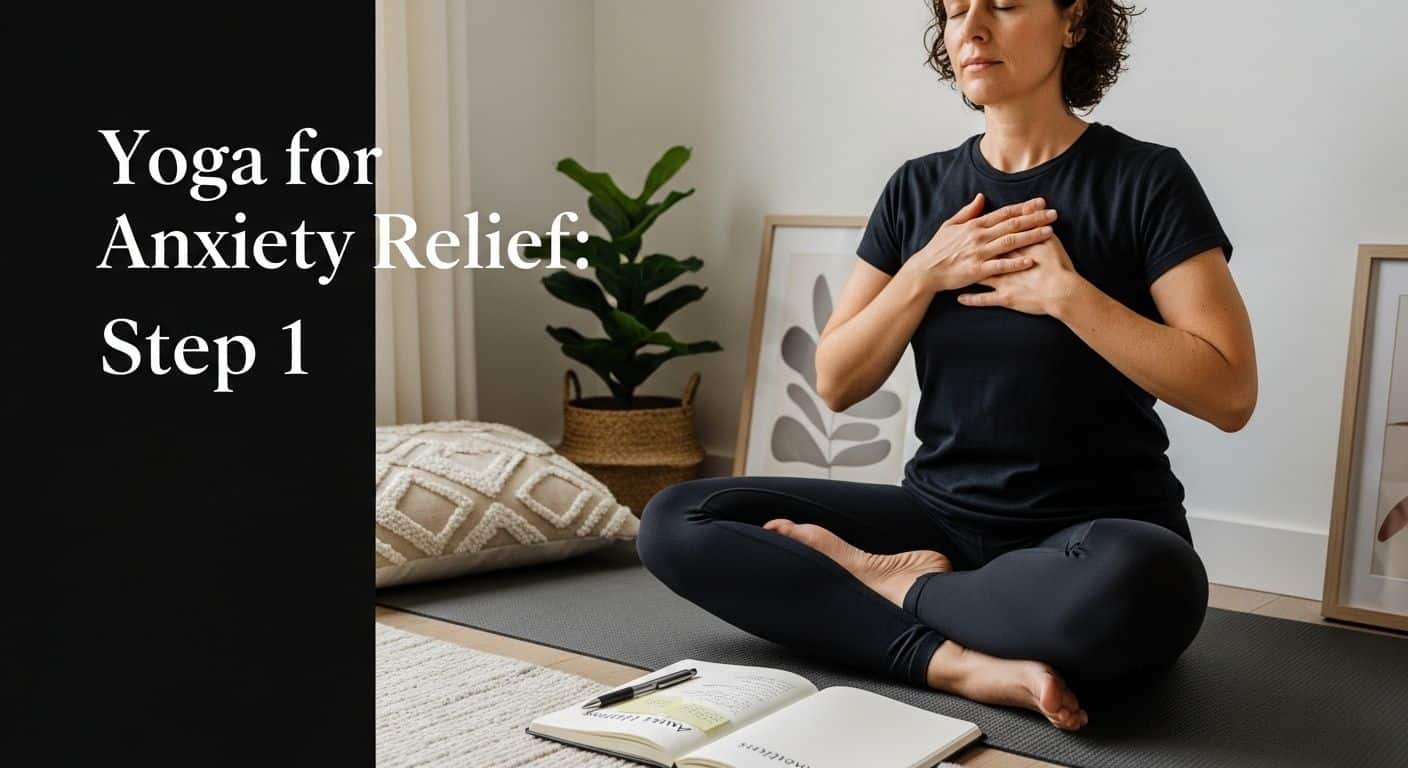
Svadhisthana, the sacral chakra, is your center of pleasure, creativity, and emotional connection. Translating to “one’s own abode” in Sanskrit, this energy center lives in your lower belly and hips—the seat of your sensuality, inspiration, and your right to feel good.
If the root chakra grounds you in safety and survival, the sacral chakra is where life begins to feel lush again. Here, you remember that being alive isn’t just about getting by—it’s about expressing, creating, and enjoying the experience of being in a body.
What is the sacral chakra?
Energetically, the sacral chakra sits in the lower belly, just below the navel. Physically, it governs the hips, reproductive organs, bladder, kidneys, and lower back. Its color is a rich, warm orange—sunset over water. Its element is water—fluid, emotional, and ever-moving.
In the body, this is the place where desire is born. It’s when you feel butterflies in your stomach, creative fire in your womb, or tension in your hips when you’re holding too much. It’s the seat of your pleasure and your pain, your expression and your expansion.
Symbolized by a six-petaled lotus, the Svadhisthana chakra is the second in the traditional seven chakra system. It builds upon the foundation of the root chakra, which governs your survival needs. Once survival is secured, Svadhisthana steps in to ask: What brings you joy? How do you want to express yourself? Can you soften and receive?
What’s the meaning of the sacral chakra
To understand the meaning of the sacral chakra is to understand the importance of emotional fluidity. This chakra is related to the element of water, prioritizing flow, flexibility, and freedom. This chakra governs how well you move with life rather than resist it. It speaks to your adaptability, your creativity, and how open you are to pleasure. Water doesn’t resist what’s in front of it. It moves; it adapts; it receives. This chakra teaches us to do the same.
When Svadhisthana is healthy and balanced, there’s an ease in your being. You can express your emotions without shame. You can enjoy your sensuality without guilt. You feel comfortable in your skin, magnetic in your energy, and inspired in your work. You laugh more easily. You cry when you need to. You experience beauty more vividly. You might find yourself dancing barefoot in the kitchen or having more meaningful, intimate conversations.
If you want to dive deeper into this kind of embodied wisdom, East+West’s yoga teacher training in Bali and Costa Rica is a powerful next step.
If your sacral chakra is blocked, you might feel creatively stuck, emotionally shut down, or caught in a loop of guilt and shame. You may suppress your desires or feel numb to joy altogether. The sacral chakra is also deeply tied to your relationship with change and uncertainty. The body often reflects this through tight hips, a rigid pelvis, or chronic lower back pain.
Healing the sacral chakra
Sacral chakra healing is less about doing and more about softening. It’s about tuning back into the rhythms of your body, listening to your needs and honoring your emotions instead of overriding them.
One of the simplest ways to start: let yourself move. Movement unlocks stuck energy. It doesn’t need to look like a perfect vinyasa sequence. It could be rolling your hips. Free-flow dancing to music that makes you feel alive. Walking slowly, swaying your hips with intention. The point is to release control and reconnect to sensation.
Other powerful practices for sacral chakra healing:
- Paint, write, or sing just because it feels good
- Take a self-care bath
- Allow your feelings. Journaling or somatic therapy can help you sit with emotions.
- Nurture your inner child. Play, giggle, be messy
- Practice saying no. Healthy boundaries protect your energy.
Most importantly, give yourself permission to enjoy your life, to not apologize for what brings you joy, to let beauty be enough.

Yoga poses
Yoga is a powerful way to unlock and nourish this center. You’ll want to focus on hip openers, low back releases, and anything that connects you to your pelvis and core. Think soft, juicy, flowing movement.
Some supportive poses include:
- Happy Baby
- Malasana (Yogi Squat)
- Goddess Pose
- Lizard Lunge
- Dragon or Deer Pose
- Seated Twists
If you menstruate, this is also a beautiful chakra to explore during your cycle with womb-centered practices. Try lying in a Reclined Butterfly with a bolster under your back, hands on your belly, and simply breathing. Let this be a space of softening rather than pushing. You could also try partner yoga for connection with your partner.
Meditation
Stillness can be just as powerful as movement. Meditation for the sacral chakra is about sinking into the watery rhythms of your inner world. Letting go of the need to label every emotion. Letting yourself feel without judgment.
To begin, find a comfortable seat or lie down. Bring your awareness to your low belly. Visualize a warm, glowing orange light swirling in that space—gentle, pulsing, alive. Imagine it melting any tension or stuckness.
The bija (seed) mantra for the sacral chakra is vam. You can chant it softly, drawing the vibration into your pelvis, or repeat it silently as you breathe. Feel the sound not just in your throat, but in your womb, your hips, your spine. You could also try this guided sacral chakra meditation for connecting to inspiration and opening your sacral chakra. It uses positive affirmations will help you feel inspired and ready to take on the day.
